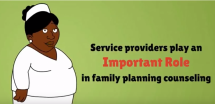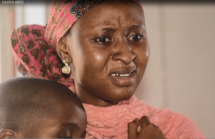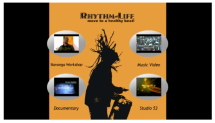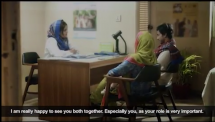Multiple and Concurrent Partners
This 20 minute program tells of a couple with two children. The husband has multiple partners outside the marriage, and eventually the wife throws him out. He realizes that he wants to return to his wife, but his wise uncle counsels him to get tested for HIV before doing so. He finds out he is negative, but realizes what a close call he had.
Source: Soul City
Date of Publication: March 25, 2019
SIMILIAR RESOURCES
Tools
Examples
- Community Communication MNCH e-Manual: Participatory Health Promotion Sessions
- Creating Mobile Health Solutions for Behaviour Change: A Study of Eight Services in the mNutrition Initiative Portfolio
- The ECHO Study Report
- Men's Health Kit
- Family Planning Discussion Topics for Voluntary Counseling and Testing
- Guidance for Providing Informed-Choice Counseling on Sexual Health for Women Interested in PrEP: Kenya and South Africa
- FGM Infographics
- “Because my Husband and I Have Never Had a Baby Before…” Results and Lessons from Interventions with First-Time Parents in Madagascar, Mozambique, and Nigeria
- Family Planning Counselling Kit
- COVID-19 Guide for Community Health Workers










